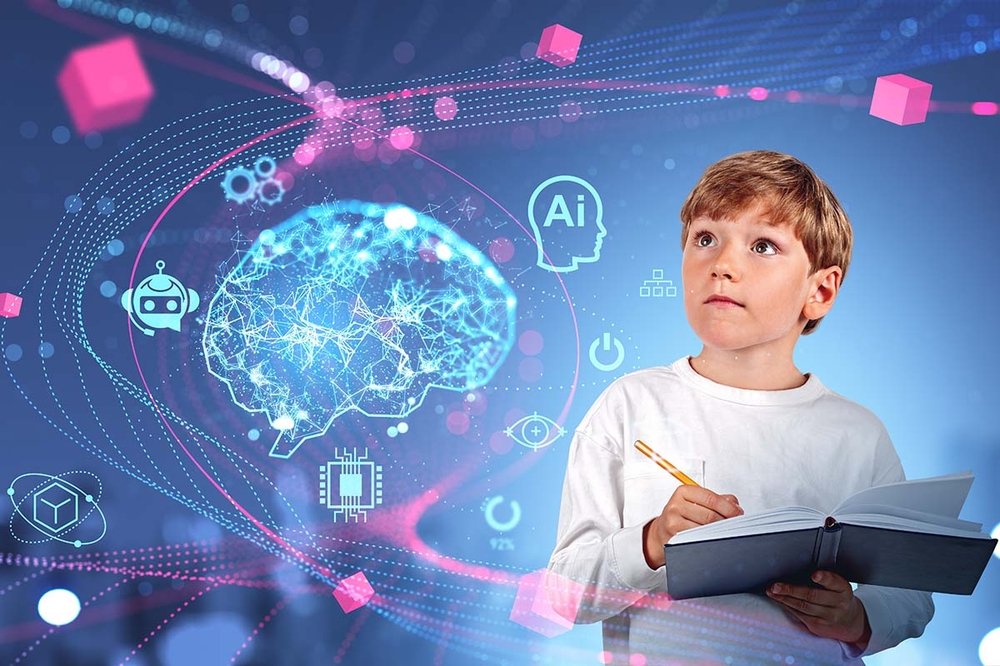
News
Children and AI: Children Outperform Leading Computer Vision Systems
500

Artificial Intelligence (AI) is rapidly advancing; according to the UN, its global market is projected to reach $4.8 trillion by 2033. AI is already capable of autonomous driving, composing music, analyzing medical images, and engaging in conversations. However, the latest research highlights significant limitations of this technology: in processing visual information, AI is significantly outmatched even by three-year-old children.
Vlad Ayzenberg, an Assistant Professor of Psychology and Neuroscience at Temple University, in collaboration with scientists from Emory University, conducted a comparative analysis of visual perception between preschool children and advanced AI models. The results demonstrated that young children exhibit superior abilities in visual perception compared to the most cutting-edge computer vision systems. Only isolated AI models can surpass children, but they require a significantly greater volume of visual experience than is available to humans to do so.
During the experiment, children aged 3–5 were asked to identify objects in images displayed for 100 milliseconds, with their attention deliberately distracted by extraneous sounds. Despite the task initially being designed for adults and considered challenging for children, they successfully completed it.
According to Ayzenberg, the cognitive and neural capacities of children could serve as a foundation for improving machine learning algorithms. He notes that AI models, unlike humans, make errors and demand substantially more resources for training and operation. For instance, training a large language model like ChatGPT leaves a carbon footprint 17 times greater than an individual's annual emissions. Understanding how children perceive objects will enable the creation of more efficient and economical machine learning algorithms, significantly reducing their resource consumption.
744000, Turkmenistan, Ashgabat city, Baktyarlyk etrap, Magtymguly avenue, 136 house
© 2025 Ministry of education of Turkmenistan Innovation information center. All rights reserved.





